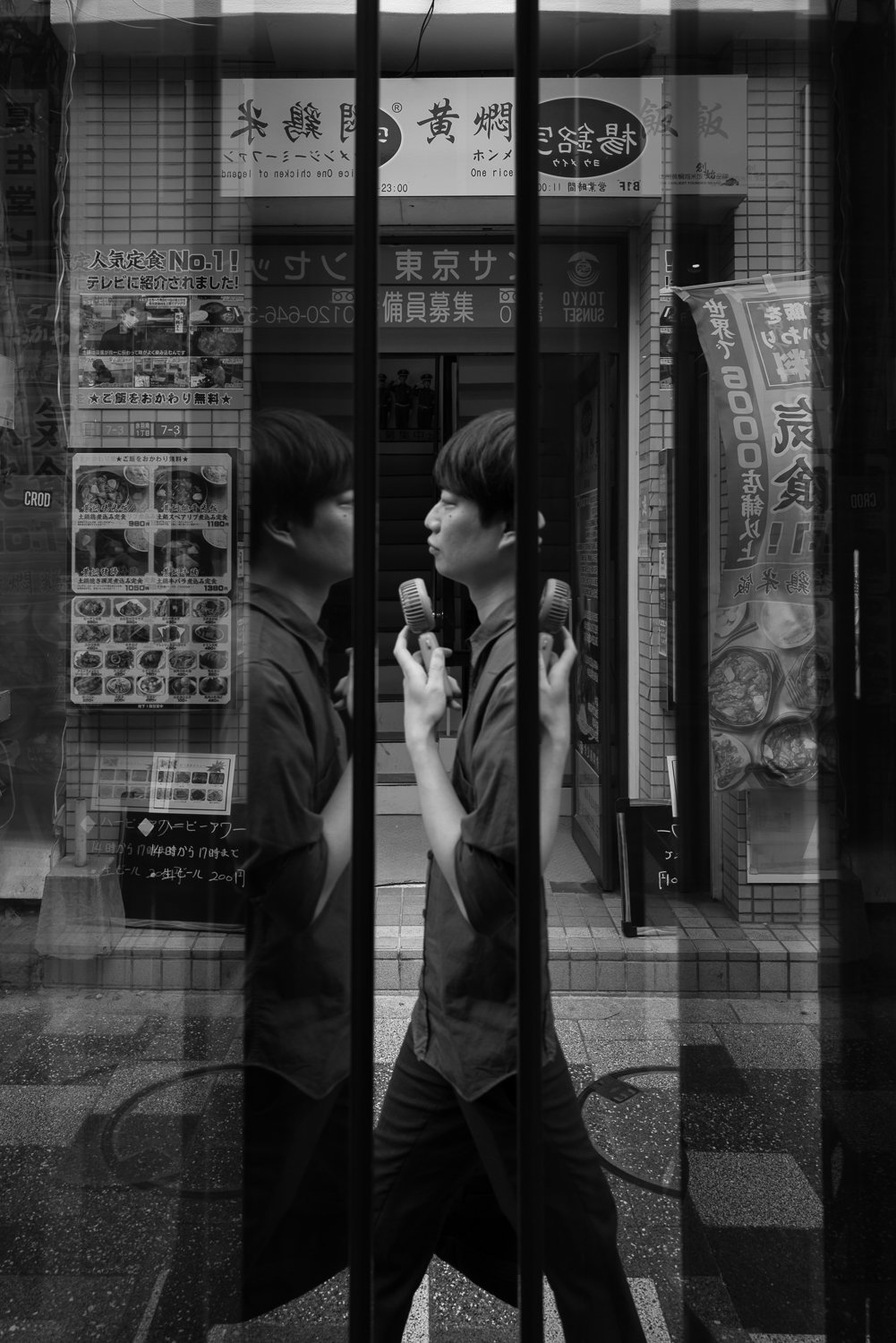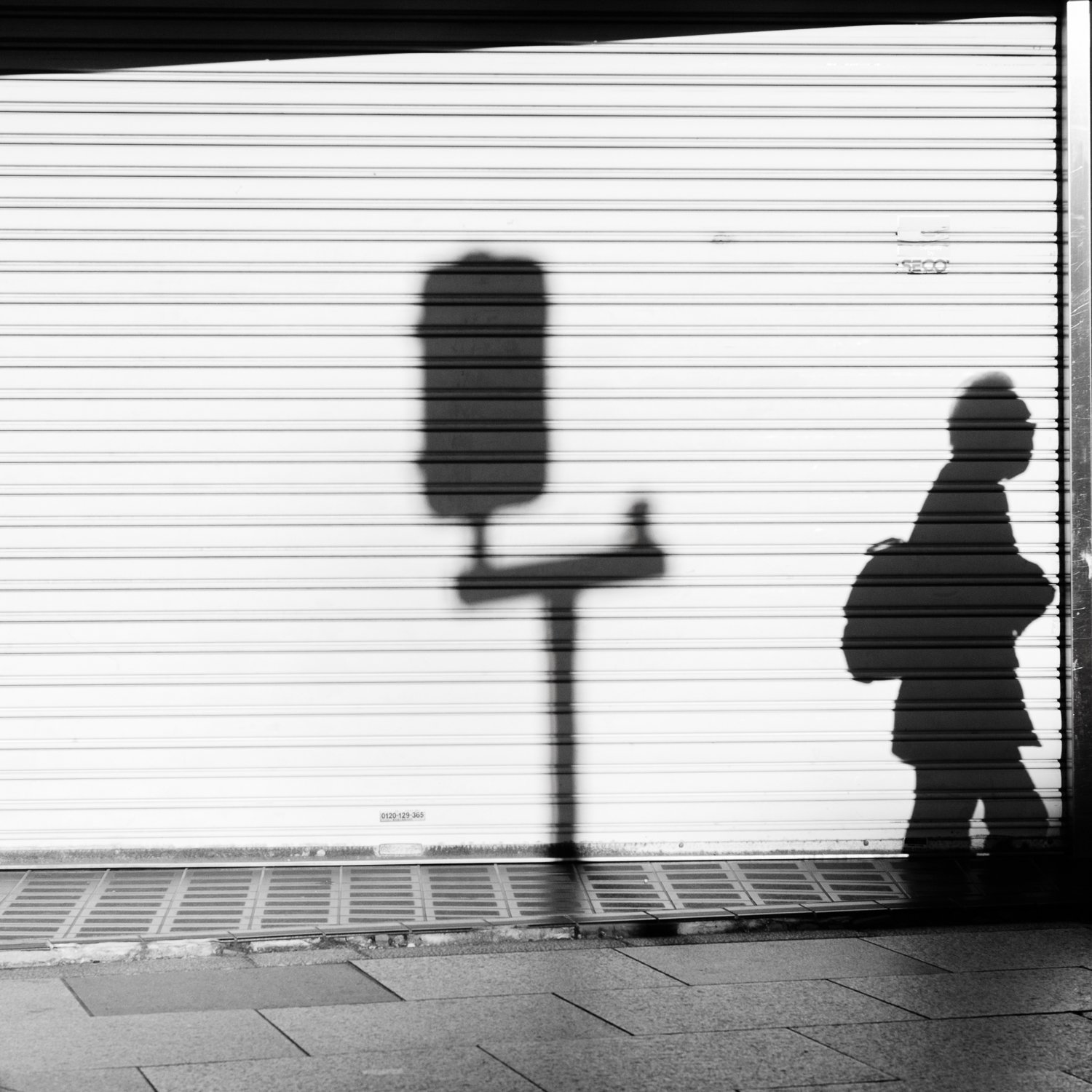Top Reasons to Prioritize Akabane for Street Photography in Tokyo
Akabane Street Photography
Akabane serves as the northernmost transportation hub of Tokyo and has remained relatively unaffected by the tourism boom that has transformed other parts of Japan over the past decade. Like many urban locales, taller, more modern buildings are gradually replacing older structures; however, this transformation occurs at a slower pace in Akabane compared to the rest of Tokyo, imparting a sense of timeless preservation to the local atmosphere.
As a photographer, I find this atmosphere perfect for capturing authenticity. Not just of Akabane or even Tokyo at large, but also the very history of Japan. For instance, the contrast between a Starbucks next to a sushi restaurant that has been there for generations at the East exit of Akabane station illustrates this fusion of old and new. Crossing the street brings you to Ichibangai, a historic market beautifully embodies nostalgia.
The nostalgic essence of Ichibangai extends into the surrounding neighbourhood, contributing to the area's distinctive character with varying degrees of success. Akabane is teeming with diverse individuals: commuters, locals, students, and others who form the rich tapestry of life that enhances the street photography landscape.
The primary attraction for photographers is the quality of light available. While some locations may boast great potential, they often fall short in terms of lighting. Akabane stands apart due to its predominantly low-rise buildings, generally less than six stories tall, which allows light to permeate every gritty aspect of this lesser-known Tokyo street photography haven.
I prefer to conduct my photography sessions early in the morning until the need for a second cup of coffee arises. The possibilities are extensive; the high-contrast light produces excellent shadows and silhouettes while creating luminous pools that invite people to traverse through them. Unlike larger transit stations, the bus and taxi stops are bustling with commuters arriving, departing, and waiting.
The station itself is intentionally designed to encourage lingering. A spacious hall welcomes passengers at the main entrance, replete with restaurants and shops. Buses and taxis are readily accessible in various directions, with additional shops, businesses, restaurants, and residences located within mere footsteps of the exit.
Should any challenges arise concerning street photography in Akabane, it is due to the area’s overwhelming charm. This locale is one I frequently revisit and highly recommend to anyone wishing to experience authentic Tokyo.








